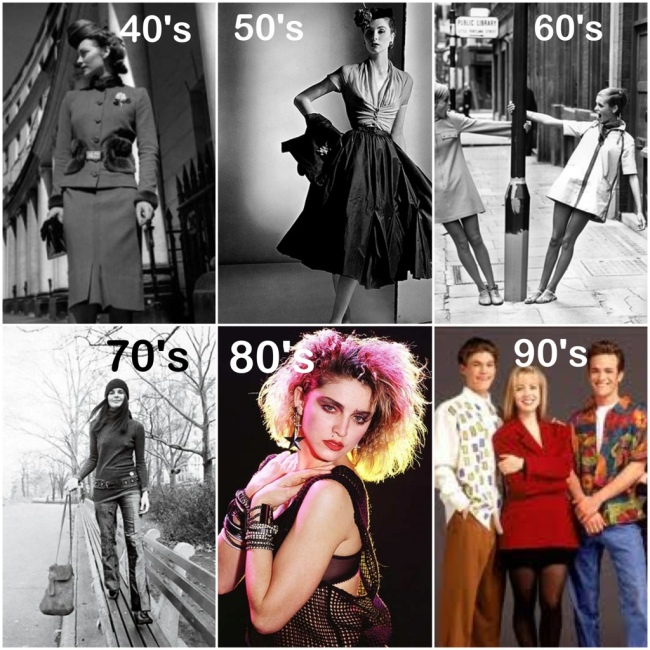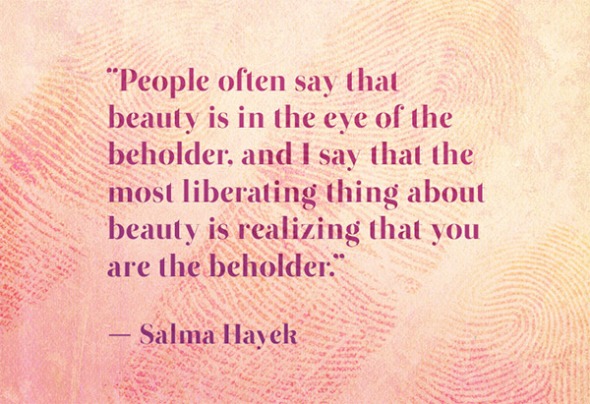It’s incredible how much fashion has changed meaning in the past century alone. Of course, the phrase “fashion” refers to the type of style and clothing that is worn by an individual or by society; however, the implications of fashion and being fashionable have vastly evolved over time, particularly between decades. The “flapper” look for women that included the well-renowned cloche hat and the sporty attire of men accompanied by top hats or fedoras that was considered fashionable in the 1920’s would not be seen on the front covers of Vogue or Cosmopolitan today. Even as we simply glance over the signature fashion trends of each individual decade throughout the twentieth century, it is evident that fashion has taken dramatic twists and turns to establish the fashion trends that society has today in 2013. And it doesn’t end there. We can only expect to see more changes the presentation of fashion when we have our own children and grandchildren, observing the manner in which they dress and accessorize, etc.
Source: http://niceandpretty.files.wordpress.com/2013/01/20130109-114944.jpg


